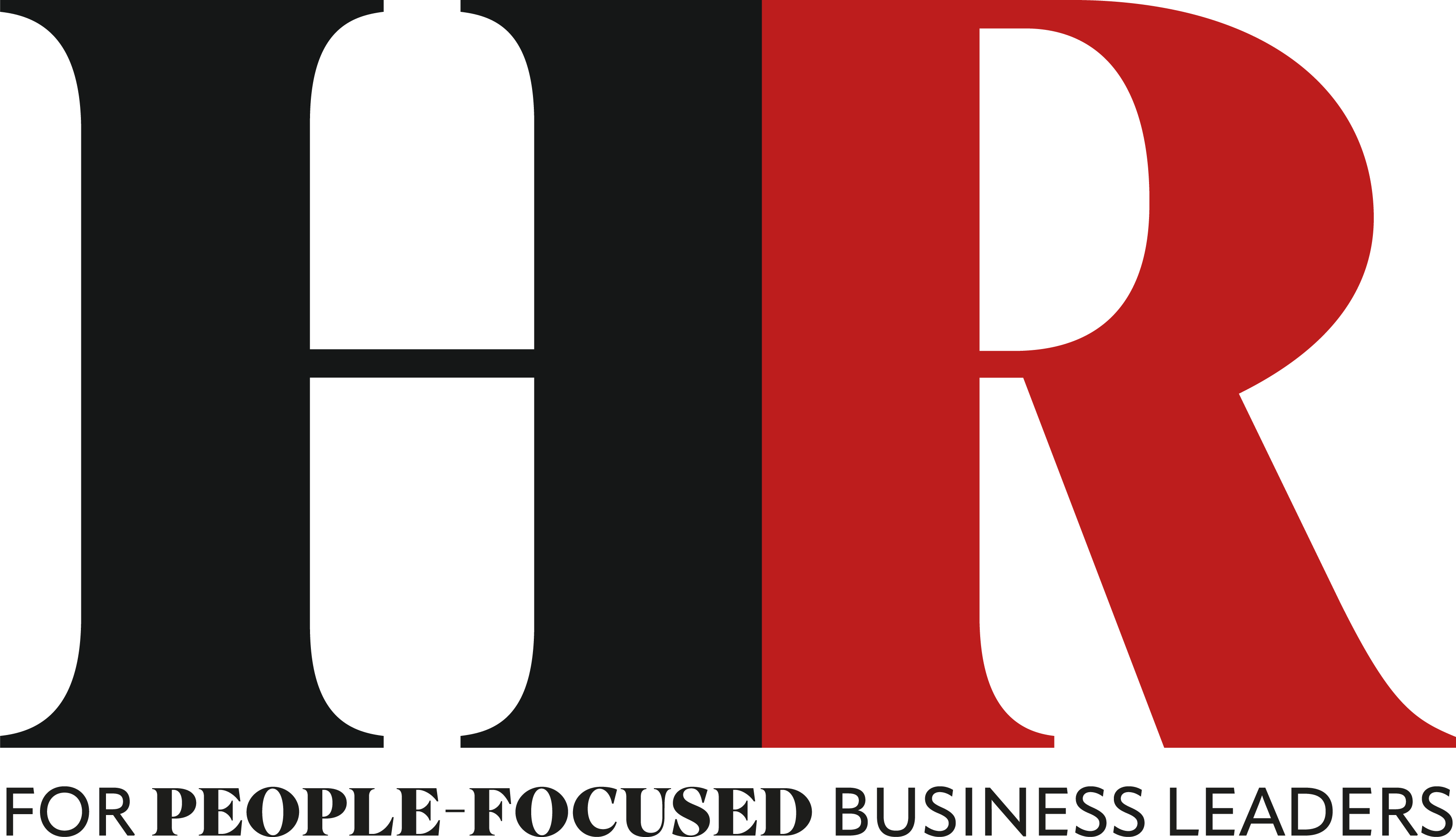Building Inclusive Workplaces: Conversations for Change
)
Hosted by subject matter experts, the session featured three roundtable discussions, each focused on a critical aspect of workplace inclusion:
• The Future of Inclusion in the UK – hosted by Dante Frederick, EEDI & Wellbeing Project Manager, Great British Railways Transition Team (GBRTT)
• The Role of Cultural Intelligence in Building More Inclusive Workplaces – hosted by Polly Collingridge, Senior Business Consultant, Cultural Intelligence Centre UK
• The Role of Psychological Safety in Building More Inclusive Workplaces – hosted by Professor Neil Greenberg, Professor of Defence Mental Health at
King’s College London and Managing Director at March on Stress
Participants engaged in thought-provoking conversations, sharing insights, challenges, and best practices. This whitepaper captures the key themes, actionable takeaways, and emerging trends from each discussion, and we hope it will provide a valuable resource for organisations striving to build more inclusive and psychologically safe workplaces.
The role of psychological safety in building more inclusive workplaces
Leaders explored innovative approaches, challenges, and external influences affecting psychological safety in UK workplaces. They discussed best practices, barriers, and strategies to navigate changing political and social landscapes.
Best practices for building and sustaining psychological safety
• Leadership and culture: Leaders must role-model vulnerability, openly engaging in conversations about their mistakes to normalise learning and failure. Leadership styles should encourage feedback and team voice.
• Training and support: Managers need specific training on psychological safety, while all employees should be equipped with skills for meaningful conversations and conflict resolution.
• Flexible communication channels: Offer multiple ways for employees to speak up, including peer support, informal sharing spaces, and structured check-ins.
• Inclusive practices: Consider policy changes that may unintentionally discriminate and adapt workplace structures (e.g., meeting formats, team dynamics) to ensure psychological safety for everyone.
• Innovative initiatives: Some companies, like the British Heart Foundation, found that informal team-sharing sessions (outside of structured meetings) strengthened psychological safety. Other businesses invite junior employees to speak first in meetings or train them as facilitators to deliver high-profile internal programmes, increasing their visibility and confidence.
Barriers to psychological safety
• Poor leadership and communication gaps: Leaders who resist change, lack conflict resolution skills, or fail to act on disclosures create distrust. Confidentiality can also lead to a perception that concerns are ignored.
• Fear and stigma: Employees may fear discrimination, negative perceptions, or repercussions for sharing personal challenges (e.g., neurodiversity, chronic conditions).
• Workplace structures and stress: Hierarchical structures, jargon-heavy communication, and high stress levels (e.g., due to redundancies or uncertainty) hinder open dialogue. Remote work can also creates challenges by reducing visibility, where this isn’t proactively addressed.
Impact of political and social shifts
• Active allyship and collective action: Organised groups, such as unions or workplace communities, help reduce stigma and empower employees to raise concerns.
• Social media and transparency: While social media can amplify support for individuals, it also poses risks if confidential information is shared inappropriately.
• Proactive vs. reactive approaches: Organisations should focus on creating psychologically safe environments proactively rather than responding only after issues arise.
• Growing awareness and early education: Efforts to introduce age appropriate psychological safety concepts from a young age could create long-term cultural shifts.
Conclusion
The discussion emphasized the importance of trust-building, strong leadership, and inclusive communication in creating workplaces where employees feel safe to speak up, take risks, and thrive.
The role of Cultural Intelligence (CQ) in building more inclusive workplaces
Leaders explored the concept of Cultural Intelligence (CQ)—the ability to understand, adapt to, and work effectively with people from different cultural backgrounds. They discussed its role in building inclusion, its practical applications, and the challenges of implementing it in diverse workplaces.
Understanding Cultural Intelligence
CQ is similar to emotional intelligence (EQ) but focuses on navigating cultural differences. It consists of four key components:
1. CQ Drive – Curiosity and motivation to engage with different cultures.
2. CQ Knowledge – Understanding how cultural differences shape behaviors, such as communication styles, attitudes toward hierarchy, or risk-taking.
3. CQ Strategy – Reflecting on cultural knowledge before taking action and challenging assumptions.
4. CQ Action – Adapting behavior, language, and communication to be more inclusive and effective.
Developing CQ increases self-awareness, reduces conflict, builds psychological safety, and promotes innovation in diverse teams.
Practical applications in the workplace
• A European manufacturer faced challenges onboarding employees from the Balkans, where direct communication was perceived as aggression, and attitudes toward risk differed due to lived experiences. Adapting visual communication helped bridge gaps.
• In the healthcare sector, cultural differences impacted workplace dynamics. For example, Filipino nurses in the NHS were reluctant to speak up, so leaders appointed a spokesperson to represent their concerns.
• A public sector leadership program integrated CQ to improve self-awareness and leadership effectiveness. Some NHS trusts are also trialing CQ training to reduce formal grievances and enhance hiring practices.
• A global manufacturing business struggled with the idea of CQ being too niche compared to EQ. However, CQ was positioned as a complementary tool rather than a replacement, emphasizing that cultural awareness is applicable in all contexts, not just global ones.
Key challenges and considerations
• Avoiding stereotypes: People do not always conform to cultural norms, so it’s essential to treat each individual uniquely rather than relying on
assumptions.
• The Platinum Rule: Instead of treating others as you want to be treated, CQ encourages treating others as they want to be treated—approaching differences with curiosity and compassion.
• Navigating corporate norms: Large organisations often enforce uniform leadership competencies, which may not accommodate diverse working
styles. Rather than expecting employees to conform, businesses should develop norms that embrace varied perspectives.
• Everyday cultural differences: Understanding CQ can help reduce misunderstandings. For example, in some Asian cultures, keeping a camera off during virtual meetings is a sign of respect, while in Germany, small talk is considered inefficient and even rude. Recognising these differences supports a more inclusive environment.
Conclusion
The discussion highlighted that CQ is a critical tool for improving cross-cultural interactions, building inclusion, and challenging rigid workplace
norms. By increasing awareness and adaptability, organisations can create environments where diverse teams thrive.
The Future of Inclusion in the UK
Leaders explored the future of Equity, Diversity, and Inclusion (EDI) in the workplace, considering the impact of shifting social and political landscapes. They discussed key questions, including:
1. How can organisations ensure EDI remains relevant and a shared responsibility?
2. Why do some people see it as divisive rather than beneficial?
3. How can leaders sustain progress in the face of decreasing resources and changing priorities?
Conversation highlights
• Embedding EDI in culture and leadership: Leaders must be visibly committed, integrating EDI into performance reviews, 1:1 discussions, and business strategies. Employees should be supported in developing ‘conscious competence’ in inclusion.
• Challenges in perception and engagement: Some view EDI efforts as moralistic or exclusive rather than universally beneficial. Reframing the conversation around belonging, well-being, and business impact can increase engagement.
• The role of data and the business case: Demonstrating ROI is critical, especially as budgets tighten. Using relevant, competitor-based data and employee case studies strengthens the case for continued investment.
• Training and awareness: Moving beyond awareness to actionable change is essential. Programs like intersectionality training and HSBC’s “day in the life” initiative highlight unseen challenges and build empathy.
• Broader social and economic factors: Political shifts may slow progress, but organizations with strong social value commitments (e.g., B Corp-certified
companies) continue to prioritise EDI. Social mobility and inclusive employment policies can serve as key drivers.
• Future strategies: Rebranding EDI to emphasize engagement, inclusion, and belonging, along with strengthening allyship programs, could help sustain momentum.
Conclusion
The discussion underscored the need for proactive leadership, strategic positioning, and a clear business case to ensure DI remains a priority despite evolving challenges.
At The Inclusive Workplace, we are committed to helping organisations build more inclusive and equitable organisations were employees can truly thrive. We do this through events, consultancy and sharing best practice online. To join our community of changemakers please join our mailing at www.healthwellbeingwork.co.uk/iwc and follow us on LI- Madeleine Cole, Ursula Tavender and The Inclusive Workplace.
If you are a People Leader and would like to join our whatsapp group, DEI by Stealth, uniting changemakers as we navigate this challenging time for DEI, please PM us and we would love to add you.










